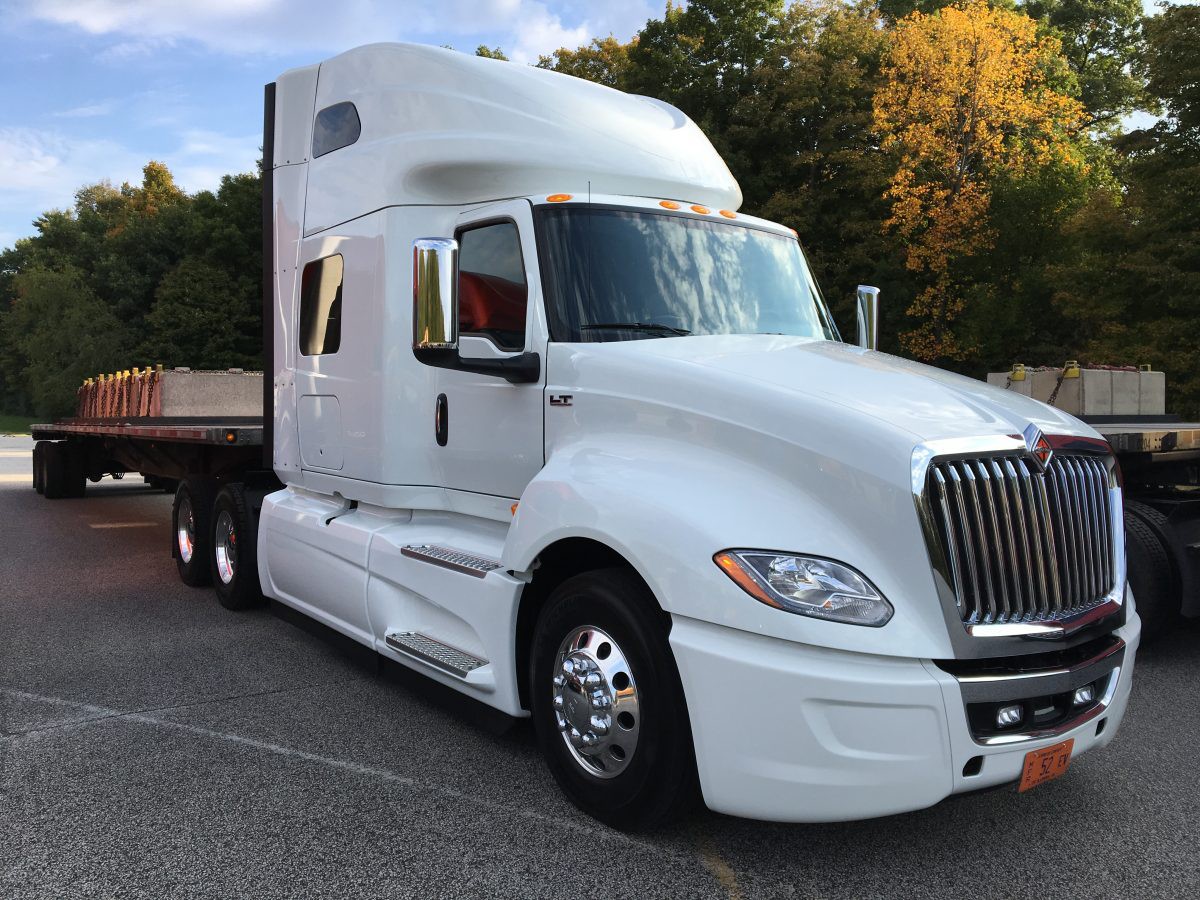The Navistar A26 engine, a 12-liter powerhouse designed for heavy-duty trucks, experienced a significant issue related to its connecting rods between 2018 and 2019. This problem, stemming from a supplier quality issue, could lead to engine failure and required a substantial recall affecting nearly 4,500 trucks in the United States. This article dives into the A26 Engine Problems, the recall details, and Navistar’s proposed solutions.
The Root Cause of the A26 Engine Problem
The core issue lay in the connecting rod’s small end bore (wrist pin bore). The bushing material within this bore was prone to cracking and shedding material, potentially leading to catastrophic connecting rod and engine failure. Investigations revealed that the wrist pin bore on affected engines was machined outside the specified design tolerance for straightness. This defect originated from a faulty machining process at one of Navistar’s connecting rod suppliers.
 Close-up view of a connecting rod and piston.
Close-up view of a connecting rod and piston.
Affected Vehicles and Timeline
The recall encompassed 1,814 model year 2019-2020 International RH Series trucks and 2,685 model year 2018-2020 International LT Series trucks equipped with the affected A26 engines. The problematic engines were manufactured between February 2018 and June 2019. Specifically, affected LT Series engines were built between February 12, 2018, and June 10, 2019, while RH Series engines were built between February 10, 2018, and June 6, 2019.
Symptoms of Impending Failure
Drivers experiencing the connecting rod issue reported a range of symptoms. Some noticed a knocking sound from the engine, while others observed rough idling. In more severe cases, sudden engine failure occurred, leaving drivers stranded. Most drivers, however, were able to reach a dealership or safely pull over before complete engine failure.
Navistar’s Two-Phase Solution
Recognizing the severity of the A26 engine problems, Navistar implemented a two-phase solution to address the issue:
Phase 1: Early Detection System
Since the failure rate was estimated to be around 13%, a universal engine replacement was deemed unnecessary. Instead, Navistar focused on developing a system to provide drivers with advance warning of impending failure. This involved leveraging existing engine sensors and installing new ECM (Engine Control Module) calibrations to detect the characteristic knocking associated with connecting rod failure. Upon detection, a prominent “stop vehicle now” warning would appear on the instrument cluster, along with notifications sent through Navistar’s OnCommand Connection platform. This allowed drivers to safely stop and seek repairs before complete engine failure.
Phase 2: Engine Replacement
For engines already exhibiting connecting rod failure, Navistar committed to a complete engine replacement. The faulty engine would be replaced with a new A26 engine equipped with a connecting rod from a new, vetted supplier. Navistar aimed to complete this replacement process within five days to minimize downtime for affected customers. The company opted for complete engine replacement rather than repair due to the complexity of the engine’s internal components.
Recall Details and Conclusion
The recall officially commenced on July 8, 2020. Navistar proactively contacted affected carriers and provided support through its dealer network. The company assured customers that the faulty supplier was no longer providing components for the A26 engine and that this was an isolated incident. This decisive action and commitment to customer safety underscored Navistar’s dedication to resolving the A26 engine problems and ensuring the long-term reliability of its products. Owners of potentially affected vehicles can contact Navistar customer service for further information and assistance.
